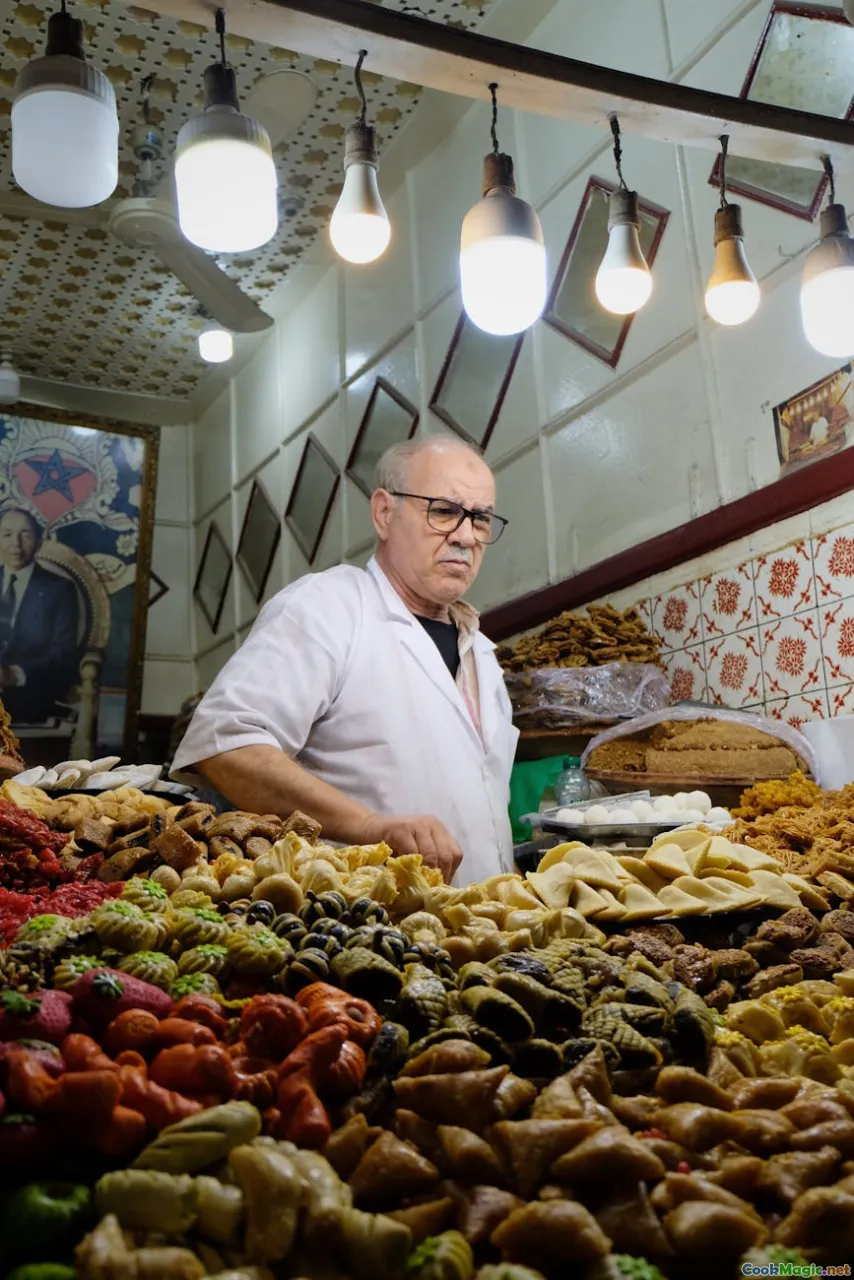Discovering the Flavors of Authentic Serbian Cuisine
8 min read Embark on a flavorful journey through Serbia's rich culinary heritage, exploring iconic dishes, cultural traditions, and sensory delights that define Serbian cuisine. April 30, 2025 12:55
Discovering the Flavors of Authentic Serbian Cuisine
Imagine a land where the mountains kiss the sky, rivers carve their way through lush valleys, and every meal tells a story of resilience, tradition, and communal joy. Serbia, nestled in the heart of the Balkans, is a treasure trove of culinary delights that reflect its rich history and diverse cultural influences. To truly understand Serbian cuisine is to immerse yourself in a sensory experience—where hearty flavors, aromatic herbs, and age-old cooking techniques come together in perfect harmony.
A Journey Through History and Culture
Serbian cuisine is a living tapestry woven from its tumultuous history, Byzantine and Ottoman influences, Slavic roots, and the flavors of the Balkan landscape. Food in Serbia is more than sustenance; it is a reflection of identity, hospitality, and the enduring spirit of its people.
Throughout centuries, Serbian cooks have mastered the art of transforming simple ingredients—meat, bread, dairy, and vegetables—into dishes bursting with flavor and character. This culinary heritage has been passed down through generations, often around communal tables that foster a sense of belonging and shared history.
The Heart of Serbian Flavors: Key Ingredients and Techniques
Ingredients that Define Serbia
Serbian cuisine is robust and hearty, featuring ingredients that stand the test of time:
- Meat: Pork, beef, lamb, and chicken form the foundation of many dishes.
- Dairy: Fresh cheese, kajmak (a creamy dairy spread), and yogurt are staples.
- Vegetables: Potatoes, peppers, tomatoes, onions, and cabbage are commonly used.
- Herbs and Spices: Garlic, paprika, black pepper, bay leaves, and parsley lend depth.
- Grains and Breads: Cornmeal, wheat, and especially lepinja (flatbread) and pogača (bread) are central.
Traditional Cooking Techniques
Serbian cooking emphasizes slow, deliberate preparation:
- Roasting and Grilling: For meats like ćevapi and ražnjići.
- Braising: For rich stews such as goulash and sarma.
- Baking: In clay or stone ovens, producing fragrant bread and pies.
- Fermentation: For sourdoughs and fermented dairy.
Iconic Serbian Dishes: A Culinary Showcase
1. Ćevapi — The Heart of Balkan Barbecue
Picture small, finger-sized sausages of minced beef or lamb, seasoned generously with paprika, garlic, and black pepper. Grilled over open flames until charred and smoky, ćevapi are typically served with somun bread, chopped onions, and a side of kajmak. Their tender, juicy interior contrasts beautifully with the crispy exterior, offering a taste of Balkan hospitality in every bite.
2. Sarma — Stuffed Cabbage Rolls
Sarma embodies comfort and tradition. Savory minced pork or beef, rice, and herbs are wrapped in sour cabbage leaves, then slow-cooked in a tomato-based sauce. The aroma as it simmers is intoxicating—earthy, spicy, with a hint of sweetness from the caramelized onions. When served, the cabbage leaves are tender, and the filling is bursting with flavors that evoke family gatherings and festive occasions.
3. Gibanica — Serbian Cheese Pie
A layered pastry filled with a mixture of fresh cheese, eggs, and yogurt, baked until golden and crisp. The flaky texture of the dough combined with the creamy filling creates a harmonious balance of textures and flavors. Gibanica is often enjoyed as breakfast or a festive dish, its aroma alone stirring memories of Sunday mornings and communal feasts.
4. Pasulj — White Bean Stew
A hearty, rustic stew made with white beans, smoked meats, and vegetables, seasoned with paprika and garlic. It’s a perfect comfort food during cold winter days, warming both the body and soul. Thick, flavorful, and filling, pasulj is a testament to Serbia’s resourcefulness and love for simple, nourishing food.
5. Kajmak — The Creamy Delight
A fermented dairy product with a velvety texture and a mildly tangy flavor, akin to clotted cream. It’s often served as a condiment alongside grilled meats or spread on freshly baked bread. Its richness elevates every dish, and its aroma evokes a sense of home and tradition.
Celebrating Food and Hospitality
In Serbia, food is an expression of hospitality and community. Whether at a family dinner, a village festival, or a wedding feast, sharing food is a way to forge bonds and celebrate life. It’s common to see tables laden with an array of dishes—each one a reflection of regional specialties and seasonal ingredients.
During festive seasons like Christmas and Slava (patron saint celebrations), families prepare elaborate spreads featuring roasted meats, homemade bread, and sweets like baklava and tulumbe. These gatherings strengthen social ties and preserve culinary traditions.
Personal Reflections and Hidden Gems
My own journey into Serbian cuisine began during a trip to Belgrade, where I was welcomed into a local family’s home. The aroma of roasted lamb, seasoned with garlic and herbs, wafted through the air as I entered. The warmth of their hospitality was matched only by the richness of the meal. I learned that Serbian food is not just about ingredients—it's about stories, memories, and the unbreakable bonds of community.
For those seeking authentic experiences, I recommend venturing beyond the capital to smaller towns and villages. Places like Novi Pazar and Niš offer traditional eateries where recipes remain unchanged for generations, and every bite is a taste of history.
Final Thoughts
Discovering Serbian cuisine is an immersion into a land of hearty, soulful flavors that have stood the test of time. It’s a cuisine that invites you to savor each bite and appreciate the stories behind every dish. Whether you’re grilling ćevapi under the Balkan sun, savoring a steaming bowl of pasulj, or spreading kajmak on freshly baked bread, you’re partaking in a culinary tradition that celebrates life, resilience, and community.
So, embrace the flavors of Serbia—let your senses guide you through its rich food heritage, and you’ll find yourself not just tasting, but truly experiencing the soul of this vibrant land.









